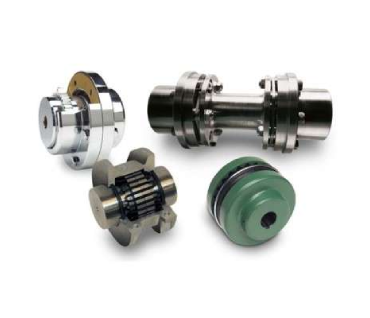- Home
- About Us
- Products
- Rexnord Couplings
- Disc Coupling
- Elastomeric Coupling
- Gear Coupling
- Grid Coupling
- Rigid Coupling
- Torsionally Soft Coupling
- Torsionally Stiff Coupling
- Fluid Couplings
- Coupling Parts & Kits
- Universal Shafts
- Pt Drive Components
- Bearings
- Ritag Valves
- Dewatering Solutions
- Power (Energy) Solutions
- Rexnord Couplings
- Brands
- Projects & Services
- Contact Us

- Home
- About Us
- Products
- Rexnord Couplings
- Disc Coupling
- Elastomeric Coupling
- Gear Coupling
- Grid Coupling
- Rigid Coupling
- Torsionally Soft Coupling
- Torsionally Stiff Coupling
- Fluid Couplings
- Coupling Parts & Kits
- Universal Shafts
- Pt Drive Components
- Bearings
- Ritag Valves
- Dewatering Solutions
- Power (Energy) Solutions
- Rexnord Couplings
- Brands
- Projects & Services
- Contact Us
